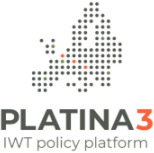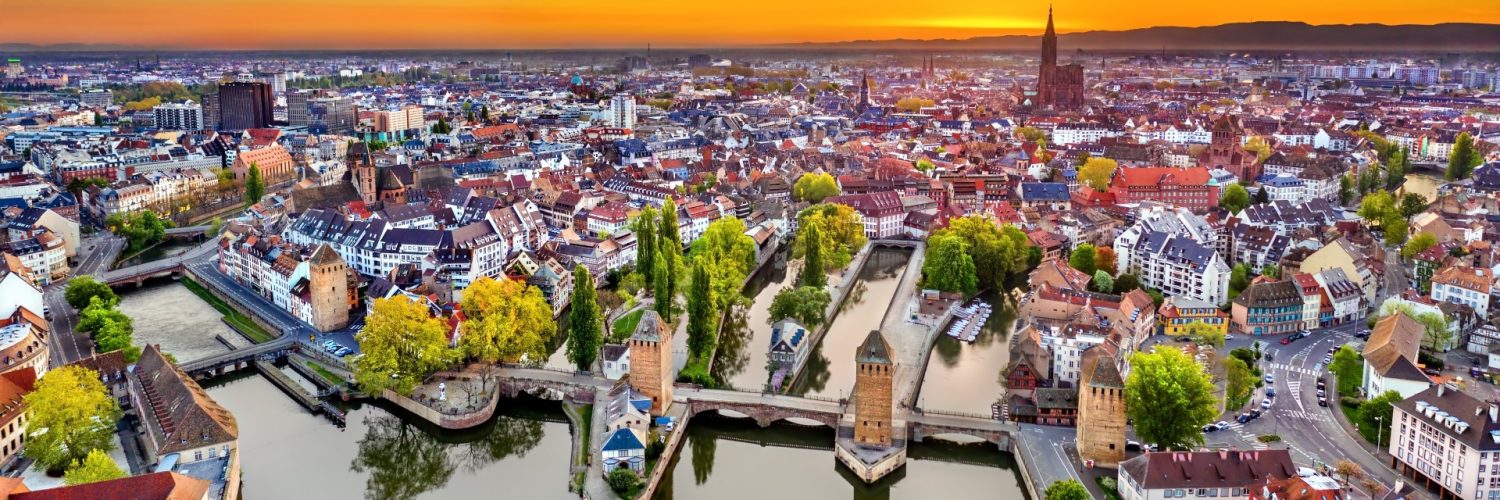Executive summary
The European Green Deal seeks to transform the EU into a modern, resource-efficient, and competitive economy. To reach this ambitious goal, the European Commission adopted a set of proposals to make the EU’s climate, energy, transport and taxation policies fit for reducing net greenhouse gas emissions by at least 55% by 2030, compared to 1990 levels. In addition, all 27 EU Member States committed to turning the EU into the first climate neutral continent by 2050.
Within the EC’s ‘Sustainable and Smart Mobility Strategy’ the EU has sketched its strategy on how to achieve its green and digital transformation and become more resilient to future crises. The targets defined within this strategy comprise 90% reduction of greenhouse gas emissions in transport by 2050, 55% reduction of emissions from cars by 2030, zero emissions from new cars by 2035, zero emission large aircrafts ready for market by 2035, and transport by inland waterways and short sea shipping will increase by 25% by 2030, and by 50% in 2050.
The European Commission has initiated the NAIADES III action programme to boost future-proof European inland waterway transport. The EU-funded project PLATINA3 project aims to provide the knowledge base for the implementation of this programme towards 2030. Deliverable D1.2 of PLATINA3 is entitled ‘Gap analysis on R&D actions to promote optimal market uptake conditions’ and focuses on the potential market update of standardised transport units, vessel designs, transhipment infrastructure, and other technical assets. This will eventually enable the access of new types of goods and new markets to inland waterway transport (IWT).
The report provides an overview of new and innovative ideas around inland waterway transport (IWT) in general, and standardised transport units, vessel designs, and transhipment infrastructure more specifically. This inventory is used to analyse the market gaps which must be overcome in order to put such innovations in place and then, eventually, the needs for a market update, potential tools, and incentives are discussed in more detail.
The inventory has shown that there are a couple of trends observable when looking into innovation and development such as i) automation due to increased digitalisation, ICT knowledge, and IoT, ii) alternative fuels to assist in de-carbonisation, iii) electrically driven vehicles especially for shorter distances, iv) alternative transport modes such as magnetic levitation or guided tube concepts, and v) new materials which might assist in reducing construction and maintenance costs, durability, reliability, and speed of constructions. Furthermore, six clusters influencing inland waterway transport (EU policy, new markets, external drivers, enabler, barriers, and innovation) have been identified all of which bring together specific topics which either have an influence on IWT or a bi-lateral relation. These clusters and topics are summarised in a mind map in Figure 4.
Based on this inventory, an analysis of gaps has been performed which resulted in some key gaps/barriers for implementing the upcoming innovations and trends like i) a missing roadmap to modal shift and inter-/multimodal transport, ii) difference in regional boundary conditions (e.g. droughts in the Rhine, missing containers and infrastructure in the Danube, etc.), iii) difference in interests of stakeholders due to ‘river focus’ (e.g. Rhine or Danube) , EU focus (EU perspective), country focus (national focus), etc., iv) primary focus on costs of transport, v) insufficient financial support, especially for large investments which cannot be carried by the sector alone, vi) lack of legislation and standardisation (for many different topics), vii) lack of workforce skills which have not been adjusted yet to any of the new developments and upcoming trends; and viii) shortage of time to implement all changes if the ambitious EU goals for the sector should be reached according to the envisaged timeline.
In the last part of the report, the focus is on potential measures to trigger market update and to make a modal shift happen. This part is based on the inventory performed and gaps identified and suggests to i) raise awareness of advantages of inland waterway transport by information campaigns; ii) provide tools to calculate the advantage of a shift (business case); iii) provide a scale for ‘measuring’ advantages of inland waterway transport (costs per tkm, CO2 and GHG emissions, etc.); iv) provide maps and comparative calculators for transport which allow to either book IWT directly or combine it with different transport modes; v) trigger an agreement on universal loading unit(s) for intermodal transport and to be used across different transport modes and the ‘last mile’; and vi) stimulate modal shift by legislative and financial incentives, both national and EU-wide. For the shift to intermodal transport various measures were discussed dealing with loading units, transhipment infrastructure, digitalisation, legislation and standardisation, and re-skilling of workforce.
Any major shift, whether it is towards the use of alternative fuels or batteries, or towards different transport mode concepts will require awareness raising and providing easily accessible tools which provide more information and reasons for the shift. Some potential tools have therefore been listed, ranging from mapping tools, over cost and business calculation tools, to waterway information (RIS) tools and smart mobility tools. Eventually, financial, legislative, and policy incentives have been briefly discussed to foster the necessary mind shift in order to reach the objectives of the Green Deal and Single Market.

